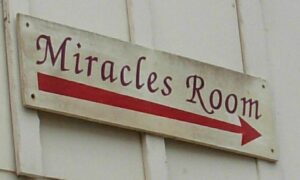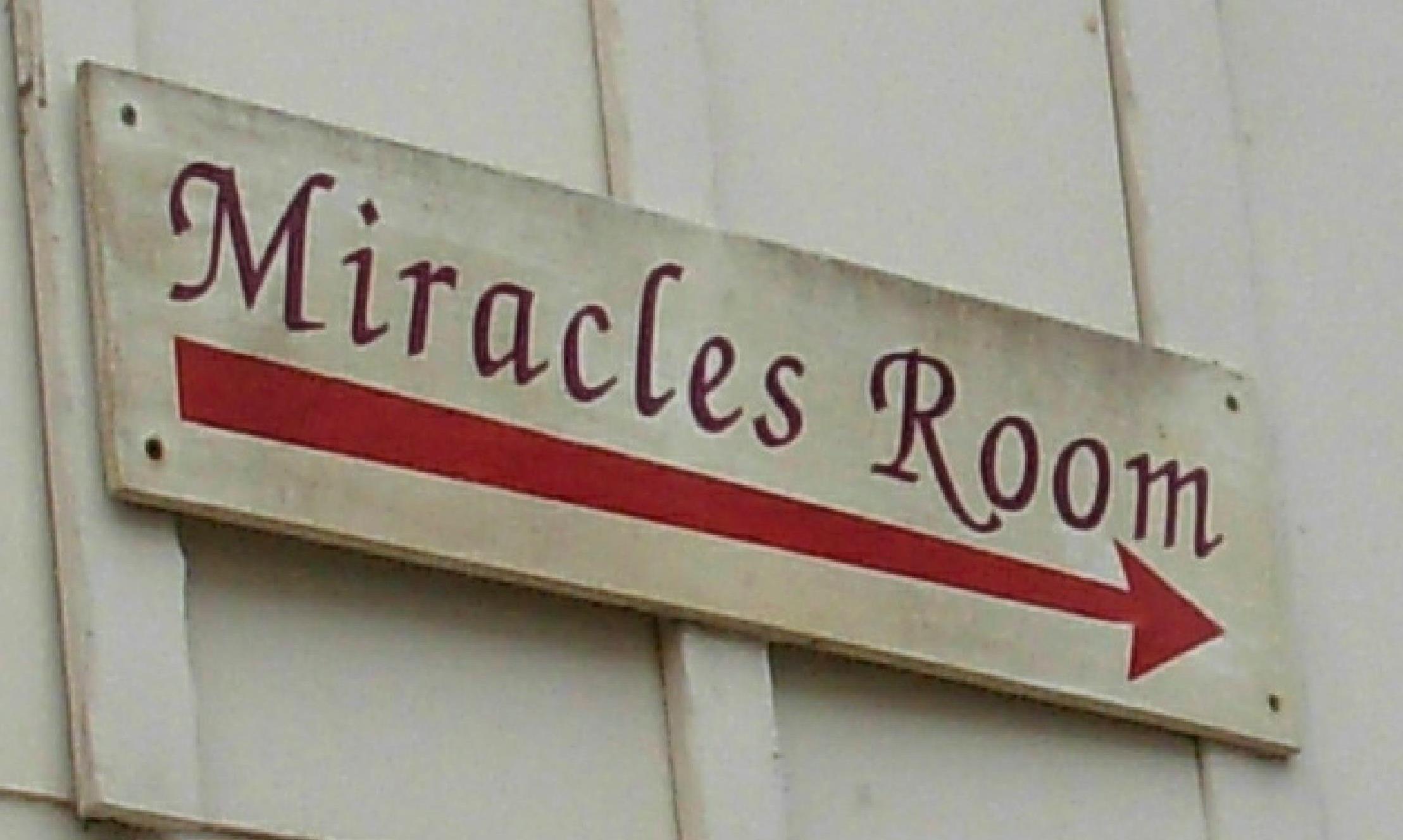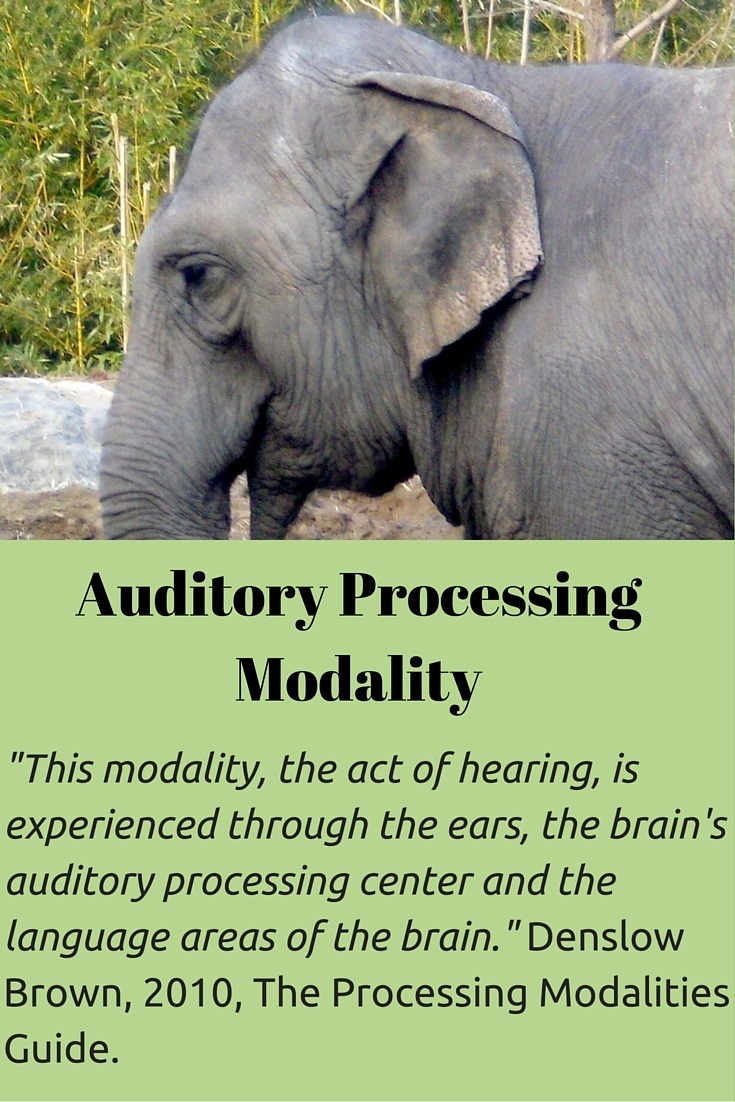
Making sure you maintain an organized home office takes basic ingredients and your own spice.
So you’ve decided to work from home – congratulations! Chances are you’re going to love working in your jeans and t-shirt, without a commute and with the flexibility that a home office provides. It takes some work, however, to ensure your work space is functional, productive, has all the tools you need and is available to you when you need it. These are important criteria for an organized home office. Here are some key ingredients that can help your office meet those criteria.
Basic Ingredient: An Organized Home Office is Separate from Home Functions
When setting up a home office, clients frequently start by taking over a small part of an existing space in their home. This is a great way to see if working at home is feasible. You know the place: the computer table in the kitchen; the family computer desk in the den; the craft corner in the basement rec room. These areas are often already multi purpose space. Its where home work, crafts and family organization and communication are happening. Adding the additional pressure of a home office is sometimes more multi than these multi purpose spaces can manage. Professional organizers are brought in to help organize the home office when clients find the geography project has exploded over the latest market research report and invoices ready to be mailed.
Find a way to physically separate the business work from anything else that happens at that work station. If you can’t fully take over a space, and have to share with other household activity, use a cupboard, box or even just a shelf where your material can be collected and put away before the homework starts up. Role model to other family members that you put away your material when not actively working at the common space; they are expected to put away their things when leaving the space. It might take a bit of reminding at first but your material will be secure and the work station can continue to be used by the family while you enjoy the advantages working at home can bring.
House big enough you get your own corner office? Lucky you. Just make sure that room has a door. Opening the door is like stepping into a corporate setting. It says “I’m at work”. Same with the office-in-a-box approach. When you empty the box onto the dining room table, you have arrived at work for the day.
Resist the temptation to use a corner of your bedroom for your home office. The bedroom is a place for rest and relaxation, not work.
Binding Ingredient: An Organized Home Office is Mostly Self-Contained and Holds its own Tools.

Great things can happen in an organized home office.
Think of this as permission, resources permitting, to shop for the tools your office will need and to keep them in your office, even if it is just a box. Often, we identify the space for our office space and then use tools from elsewhere in the house to stock it; paper from the family computer station, stapler from the kitchen, pens from the junk drawer, hole punch from the craft boxes. This can be an excellent use of extra tools around the house. It can also mean, however, that your office is raided when that hole punch is needed for the science project.
You will need holders for those tools. Use a decorated juice container from your 8 year old, or top of the line from the office supply store. An organized home office has the tools there when you need them easily accessible. The more self contained it is, the more likely your organized home office will stay organized.
Spice it Up: Add Your Unique Style

Add some spice to make your organized home office reflect your taste.
It might be a business office, but one of the advantages of a home office is the freedom to decorate to your own style and taste. Go to town and have fun. The more comfortable and personal you make the space, the more likely you are to keep it organized and functional. About to land the company’s next largest order? Do it in style. If your office is stored in a box while supper is on the table, add your own taste with a special picture, pencil holder or the coolest file folders you have ever seen. Using a cupboard? Try putting your special pictures on the inside of the cupboard and leave it open while you are at work.
A home office can be fun and flexible. A home based business can be rewarding. Keep yourself productive with an organized home office that reflects your business needs and your own personality.




